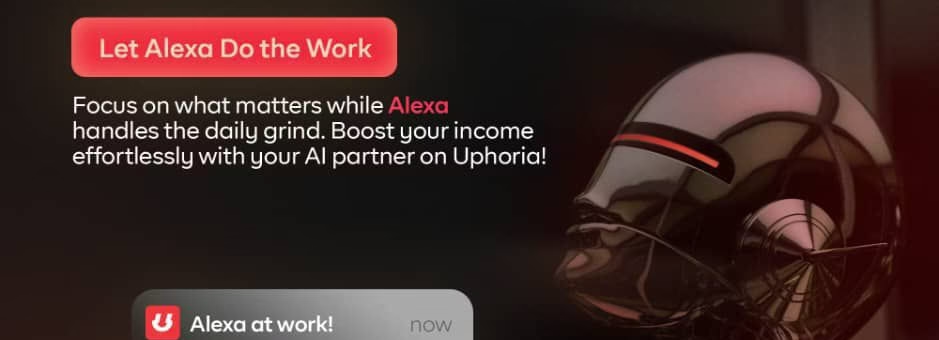In today’s digital age, we’re producing more data than ever. From social media updates and high-resolution videos to scientific research and business data, the sheer volume is overwhelming. With traditional storage technologies like hard drives and cloud servers approaching their limits, scientists are exploring revolutionary new methods to store information. One of the most promising solutions? DNA data storage.
What is DNA Data Storage?
DNA data storage is a groundbreaking technology that uses the genetic code of DNA to store digital information. Instead of relying on 0s and 1s, like computers do, DNA storage encodes data into the four chemical bases of DNA: Adenine (A), Cytosine (C), Guanine (G), and Thymine (T). In essence, we’re using nature’s data storage system to preserve digital information in synthetic DNA strands.
Why DNA? The Benefits of DNA Data Storage
1. Unmatched Storage Density
One of the most mind-blowing aspects of DNA storage is its density. Just one gram of DNA can store more than 200 petabytes (that’s 200 million gigabytes!). To put that in perspective, the world’s total data production in 2020 was estimated at around 59 zettabytes—DNA could store that in a space no larger than a shoebox.
2. Longevity
DNA is incredibly stable. Under the right conditions, it can last for thousands of years, much longer than any hard drive or even current archival solutions. If you’re looking for a solution to store important data for centuries, DNA could be the answer.
3. Sustainability
Traditional data centers use enormous amounts of energy to keep servers cool and running 24/7. DNA data storage, on the other hand, doesn’t require constant energy to maintain data. Once the DNA is synthesized, it can be stored in a vial at room temperature, reducing the carbon footprint of data storage in the long term.
How Does It Work?
So how exactly do we store digital files in DNA? It’s a fascinating process that involves a few key steps:
1. Encoding the Data
The digital data (such as a photo or a document) is translated into a sequence of nucleotides (A, C, G, and T), which represent the binary code of the original file.
2. Synthesizing the DNA
The encoded sequence is then synthesized into actual DNA strands. These are synthetic and do not function as biological DNA would; they’re simply a storage medium.
3. Storing the DNA
Once synthesized, the DNA can be stored in a vial or similar container, in a controlled environment.
4. Retrieving the Data
When you need the data back, the DNA is sequenced to read the order of the nucleotides. This sequence is then decoded back into the original binary data and, voilà, your file is restored.
Applications of DNA Data Storage
The potential applications of DNA storage are vast. Some exciting possibilities include:
Archiving Historical Data: DNA’s long-term stability makes it perfect for storing cultural and historical archives, ensuring they’re preserved for future generations.
Big Data: From scientific research to corporate data storage, DNA could provide the space needed for massive data sets without the need for sprawling server farms.
Medical Records: DNA storage could revolutionize how we store sensitive information like medical records, ensuring they remain secure and accessible over a patient’s lifetime.
The Challenges
Like any new technology, DNA data storage has its challenges. Cost is currently the biggest obstacle. While it’s possible to store data in DNA, synthesizing and sequencing the DNA is still expensive. Additionally, the process is relatively slow compared to current methods of data retrieval. It’s not yet practical for real-time applications, but as technology advances, these barriers will likely come down.
Error correction is another hurdle. While DNA is stable, errors in reading or writing the sequences can corrupt data. However, researchers are developing ways to correct these errors, making the technology more reliable.
Who’s Leading the Charge?
Several companies and research institutions are at the forefront of DNA data storage:
- Microsoft has teamed up with the University of Washington to develop DNA storage solutions.
- Harvard University has made headlines by storing entire digital libraries in DNA.
- Twist Bioscience, a biotech company, specializes in synthesizing DNA for storage and is a key player in commercializing this technology.
What Does the Future Hold?
As we continue to generate more data, DNA storage could become a game-changer. While the technology is still in its early stages, with further research and investment, it could become the primary method for storing large volumes of data. Imagine a future where vast amounts of information are stored in something as small as a drop of water!
Conclusion
DNA data storage is an exciting and innovative technology that could revolutionize how we store information. Its potential to provide immense storage capacity, long-term durability, and sustainability makes it one of the most promising solutions for our data-driven future. Though there are challenges to overcome, the idea that we could store the world’s data in DNA brings us one step closer to an entirely new era of digital preservation.


